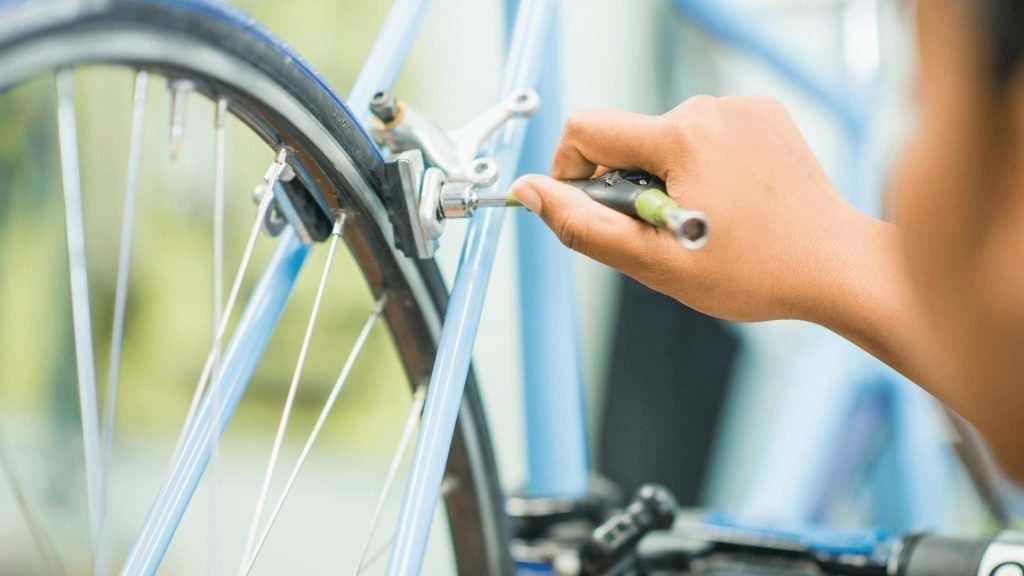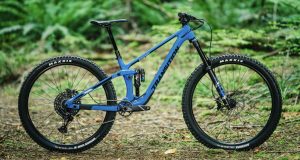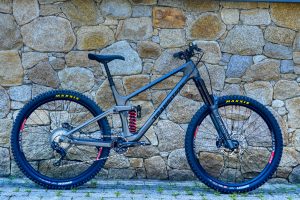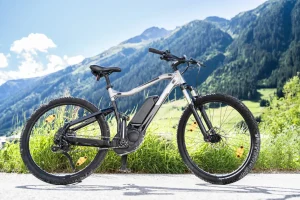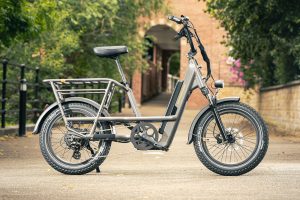Introduction
Mountain biking is an exhilarating and demanding sport, but like any mechanical device, your mountain bike(Tune Up a Mountain Bike) requires regular maintenance to ensure optimal performance and longevity. One of the most important aspects of bike maintenance is tuning it up, which involves a thorough inspection and adjustment of various components. In this article, we will provide you with a step-by-step guide on how to tune up your mountain bike to keep it running smoothly on the trails.
1. Assessing the Bike’s Condition
Before diving into the tune-up process, it’s crucial to assess the overall condition of your mountain bike. Inspect the frame for any cracks or dents, check the wheels for trueness, and examine the drivetrain, brakes, and suspension components for signs of wear or damage. This initial assessment will help you identify any major issues that may require immediate attention before proceeding with the tune-up.
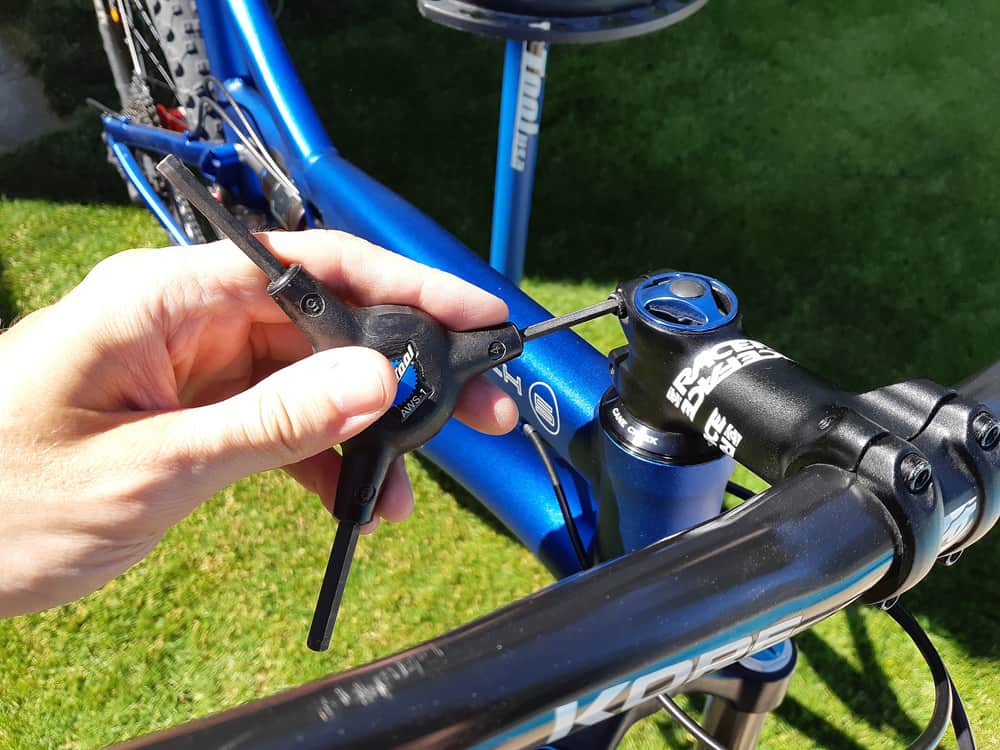
2. Cleaning and Lubricating the Drivetrain
A clean and well-lubricated drivetrain is essential for efficient power transfer and smooth shifting. Start by removing the chain from the bike and thoroughly clean it using a degreaser and a brush. Scrub the chainrings, cassette, and derailleur pulleys to remove dirt and grime. Once clean, dry the chain and apply a suitable lubricant, ensuring it penetrates all the links. Wipe off any excess lubricant to prevent attracting dirt (Tune Up a Mountain Bike).

3. Adjusting the Gears and Shifters
Proper gear shifting is crucial for maintaining control and efficiency while riding. Begin by shifting the chain to the smallest chainring and the smallest rear cog. Use the barrel adjuster on the rear derailleur to align the jockey wheel with the smallest cog. Next, shift to the largest chainring and the largest rear cog and make any necessary adjustments to ensure smooth shifting. Repeat this process for the front derailleur.
4. Checking and Adjusting the Brakes
Reliable brakes are paramount for safety during your mountain bike adventures. Inspect the brake pads for wear and replace them if necessary. Adjust the brake levers to ensure they engage the brakes properly without excessive play. If your bike has disc brakes, check the rotor for any signs of warping and realign if needed. Test the brakes and make adjustments to achieve optimal stopping power.
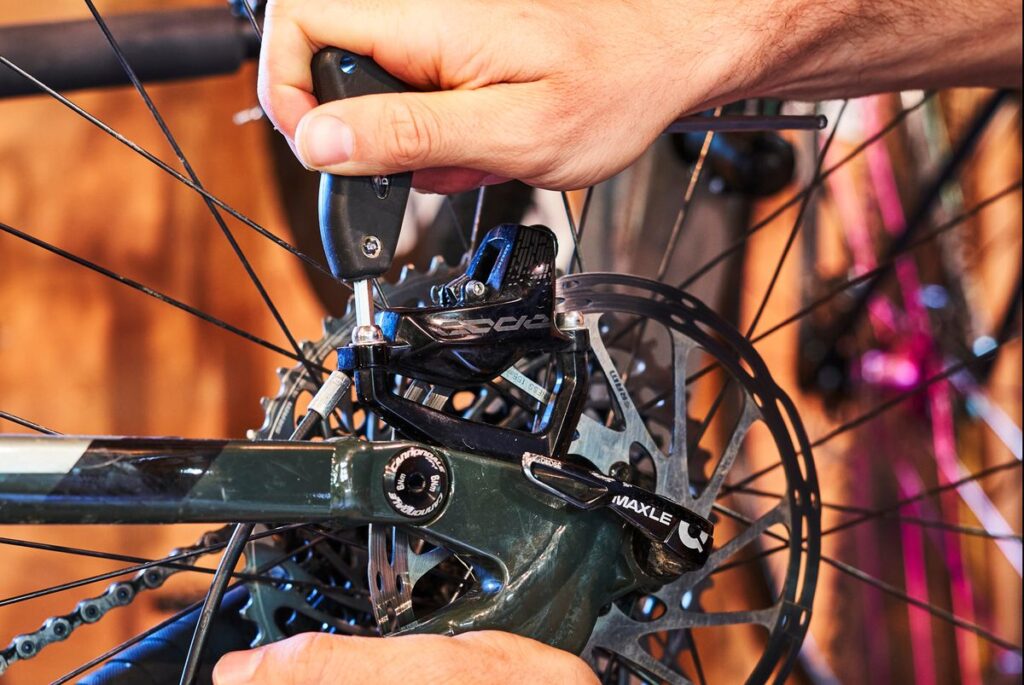
5. Inspecting and Inflating the Tires (continued)
Inspect the tires for cuts, bulges, or excessive wear. Replace any damaged tires for optimal performance and safety. Additionally, ensure that the tire tread is suitable for the type of terrain you’ll be riding on. Adjust the tire pressure according to your preference and the trail conditions. Higher pressures provide lower rolling resistance on smooth surfaces, while lower pressures offer increased traction on rough trails.
6. Aligning the Wheels and Truing the Spokes
Properly aligned wheels and properly tensioned spokes are essential for a smooth and stable ride. Check the wheel alignment by spinning each wheel and observing any wobbling or rubbing against the brake pads. If you notice any issues, you can true the wheels by adjusting the spoke tension. Use a spoke wrench to tighten or loosen the spokes as needed, ensuring the wheel spins true without any significant lateral or radial movement.

7. Inspecting and Tightening Bolts and Nuts
Mountain biking subjects your bike to vibrations and impacts that can gradually loosen bolts and nuts. Inspect all the bolts and nuts on your bike, including those on the handlebars, stem, seatpost, and pedals. Tighten any loose components using the appropriate tools, but be careful not to overtighten and risk damaging the frame or components. Pay special attention to critical areas such as the stem, as loose bolts can affect steering precision.
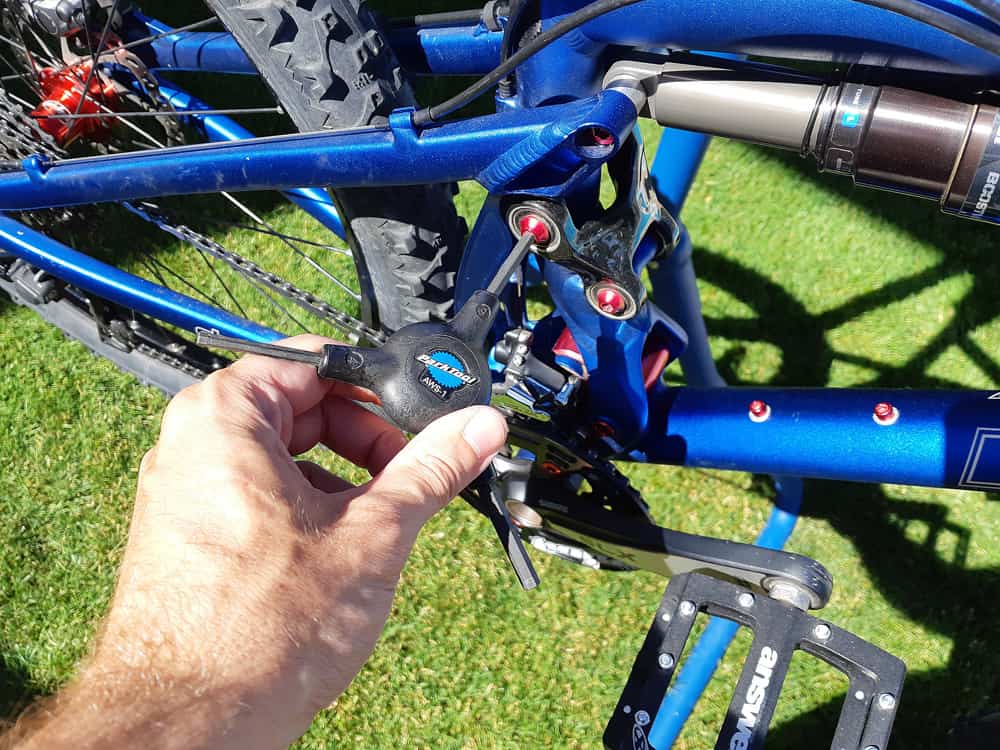
8. Checking the Suspension System
If your mountain bike is equipped with a suspension system, it’s vital to check its performance and adjust it accordingly. Inspect the fork and rear shock for any oil leakage, damage, or excessive play. Check the recommended air pressure or sag settings and adjust them to match your weight and riding style. If your suspension system has adjustable damping settings, experiment with different settings to find the optimal balance between comfort and control.
9. Replacing Worn-Out Components
Over time, various components on your mountain bike will wear out and need replacement. Examine the chainrings, cassette, and chain for signs of wear. If the chain skips or the teeth on the chainrings and cassette are excessively worn, it’s time for a replacement. Similarly, check the brake pads, cables, and housing for wear or damage. Replacing these worn-out components will ensure smooth operation and prevent potential issues on the trail.
10. Fine-Tuning the Bike’s Performance
Once you’ve addressed the essential aspects of the tune-up, you can focus on fine-tuning your bike’s performance. Experiment with the suspension settings to find the right balance between comfort and responsiveness. Adjust the saddle height and position for optimal pedaling efficiency and comfort. Fine-tune the handlebar and brake lever position to suit your riding style and preferences. These small adjustments can make a significant difference in your overall riding experience.
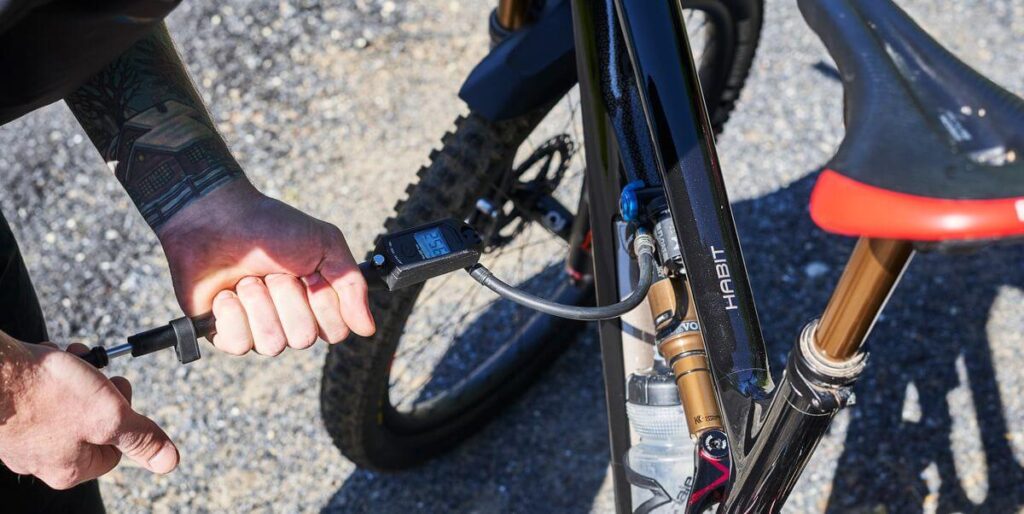
11. Safety Considerations
While tuning up your mountain bike, it’s crucial to prioritize safety. Wear protective gloves and eye goggles when handling cleaning agents, lubricants, or any potentially hazardous substances. Work in a well-ventilated area and take precautions to prevent injuries from sharp edges or moving parts. If you’re unsure about any aspect of the tune-up process, consult a professional bike mechanic who can provide expert guidance and ensure your bike is in top condition.

Related Informative Topics
- Northrock XC27 Bike: A Comprehensive Guide to Its Features and Benefits
- Best Upgrades Of Northrock XC27 Mountain Bike
- Finding the Perfect Fit: Is Trek 4300 Bike Good Choice for Beginners?
- How to Tune Up a Mountain Bike: A Comprehensive Guide
- Transition Sentinel Review: Unleashing the Best on the Trails
FAQs
How often should I tune up my mountain bike?
The frequency of tune-ups depends on various factors such as your riding style, terrain, and overall bike usage. As a general guideline, it’s recommended to tune up your mountain bike at least once a year. However, if you ride frequently or engage in aggressive riding, more frequent tune-ups may be necessary.
Can I tune up my mountain bike by myself, or should I take it to a professional?
While many aspects of a bike tune-up can be done by yourself with the right tools and knowledge, it’s advisable to seek professional assistance for complex tasks or if you’re unsure. Professional bike mechanics have the expertise to identify and address specific issues effectively, ensuring your bike is properly tuned for optimal performance.
What tools do I need for a mountain bike tune-up?
Some essential tools for a mountain bike tune-up include a set of Allen wrenches, a chain cleaner and lubricant, a spoke wrench, tire levers, a torque wrench, and a basic set of screwdrivers. Additionally, specialized tools may be required for specific components such as bottom bracket or headset tools. It’s recommended to invest in quality tools to ensure accurate adjustments and prevent damage to your bike.
Are there any specific maintenance tips for suspension forks?
Maintaining suspension forks is crucial for consistent performance. Regularly clean and inspect the fork stanchions for any scratches or damage that can affect the fork’s operation. Follow the manufacturer’s guidelines for recommended service intervals and have your suspension forks serviced by a qualified technician when needed. Properly set the sag and adjust the rebound damping to match your weight and riding style.
How can I prevent future issues with my mountain bike?
Regular maintenance and proper care are key to preventing future issues with your mountain bike. Clean your bike after each ride, paying attention to the drivetrain, suspension components, and brake surfaces. Inspect the bike for any signs of wear, damage, or loose bolts before each ride. Additionally, keeping your bike stored in a dry and secure location can help prevent corrosion and damage.
Conclusion
Tuning up your mountain bike is a vital maintenance routine that helps enhance its performance, durability, and safety. By following this comprehensive guide, you can systematically assess and address various aspects of your bike’s condition. Regular tune-ups will not only optimize your riding experience but also extend the lifespan of your mountain bike. Remember, a well-tuned bike allows you to tackle challenging trails with confidence and enjoy the thrill of mountain biking to the fullest.
